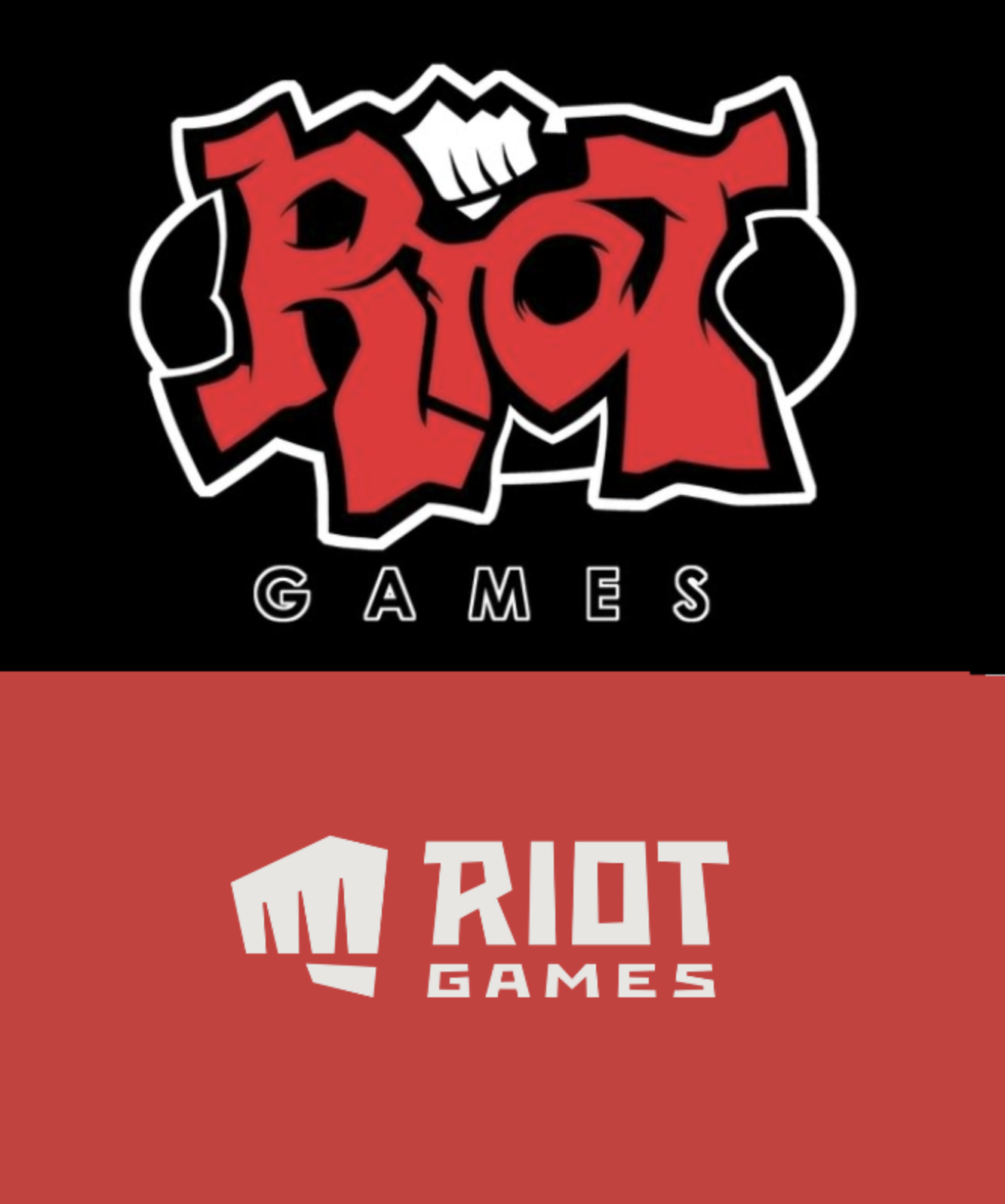minimal appeal
Accountability
On weekends, my schedule tends to differ a lot, so it becomes difficult to maintain the habits I set for myself. I’ll have to see how I need to edit them for this coming school year, where my schedule is bound to vary a lot more compared to this summer.
I am managing to squeeze in this blog post today, however! This continues my attempt at posting unpolished pieces.
Productive Thinking
Riot Games, the company behind a popular game that I regularly play, League of Legends, recently changed their logo. At the time of the change, many notable streamers and the majority of the community mocked the change–the previous logo was a more complicated artistic piece whereas the new logo is almost laughably simple.

Yet, fast forward four months to the present, and the majority of players are either indifferent to or even like the change. Why the large and sudden shift in mentality?
First off, it is no secret that most people are resistant to change, even positive ones. Several years ago, Microsoft was memed similarly hard when they changed their logo from an iconic 3-dimensional window to a simple 2D square. Several weeks ago, I purchased a new pair of glasses from Warby Parker–for the first few days after putting them on, I absolutely hated them (as anyone I complained about my glasses to can attest). Yet, a week in, the glasses suddenly clicked with me, and I greatly enjoy them now. And, I am positive that you too can think of examples of change that you intially detested but later proved undeniably positive.
Riot Games did not change their logo, which they’ve had since the company was founded in 2006, simply for the sake of changing it. In the past couple of years, minimalism has taken society by storm, particularly noticeably in the form of logo designs (think Microsoft, Google, ebay). Something funny I noticed is the list of startups on YCombinator’s homepage (just scroll down a little and you’ll see it) all look almost identical–they all have some combination of a relatively simple design coupled with an agreeable, two-dimensional font. This is a stark contrast to the three-dimensional, shadowed, bubble letters of companies during the dot com boom (lead by Yahoo).
I’m no expert on design/art, but from what I can deduce, modern society has been generally embracing minimalism more and more as the years pass. Yet, I’ve always wondered, what’s so good about minimalism? I personally do appreciate the minimalistic aesthetic, but why? Specifically for the example of logos, shouldn’t a complex, multi-colored piece of art be much more impressive than two straightforward colors and basic lines?
From the art point of view, I’m not a great authority to consult, but, I’d argue for the legitimacy of minimalism in general beyond just art. At its essence, minimalism is simply decluttering until only the fundamental essence of the object at question remains.
The benefits of decluttering is clear in certain activities in life. For example, preparing too many food items at once is much more difficult than focusing on cooking one chunk at a time, trying to overcomplicate an assignment often leads to a higher risk of disaster/inevitable panic before an 11:59 PM deadline, and the difference in organization/efficiency between a messy desk/room and a recently cleaned one can be light and day.
Yet, what makes minimalism so respectable is its difficulty. Making something special through design at its fundamental level without relying on technical, artistic talent is impressive because anyone can put black lines on a white page, but very few can define its optimal configuration. The other challenge with minimalism is refraining from adding extraneous details. If an artist is capable of creating a complex, oil-painting masterpiece, why stop at a barebones array of scarce colors on a page?
There is a Chinese idiom that literally translates to “draw a snake and add feet to it.” It is based off a parable where four individuals are competing for a final pot of wine, which is sufficient for only one of them–whoever is able to finish drawing a snake first wins it. The most artistically talented individual of the four finishes quickly, sees that the other three are not even close, and mocks them by arrogantly saying, “You guys are so slow that I have time to add feet to my drawing!” He draws feet, but a second man finishes, looks at the first man’s drawing and grabs the prize, claiming that the first man has no longer drawn a snake. The moral of the story is that doing extra work after satisfactorily completing a goal can be superfluous and even damaging. And that emphasis on the satisfactory rather than the superfluous is the crux of minimalism.
I often struggle to be minimalistic–sometimes I believe that extra detail is better, other times it’s just difficult to stop when things are already sufficient. For example, the more unique ideas I touch upon in a singular blog post, the harder it becomes to keep the piece together in a coherent way. However, I love rambling on about random tangents, and right now, writing only the barebones is impossible for me–if I bring up an idea, I will want to further explain everything I can think of surrounding said idea.
I’m only just beginning to learn the intricacies of minimalism and there’s a lot more to unpack here. But, in the interest of living up to the topic of minimalism, we’ll conclude today with just these fundamental ideas.